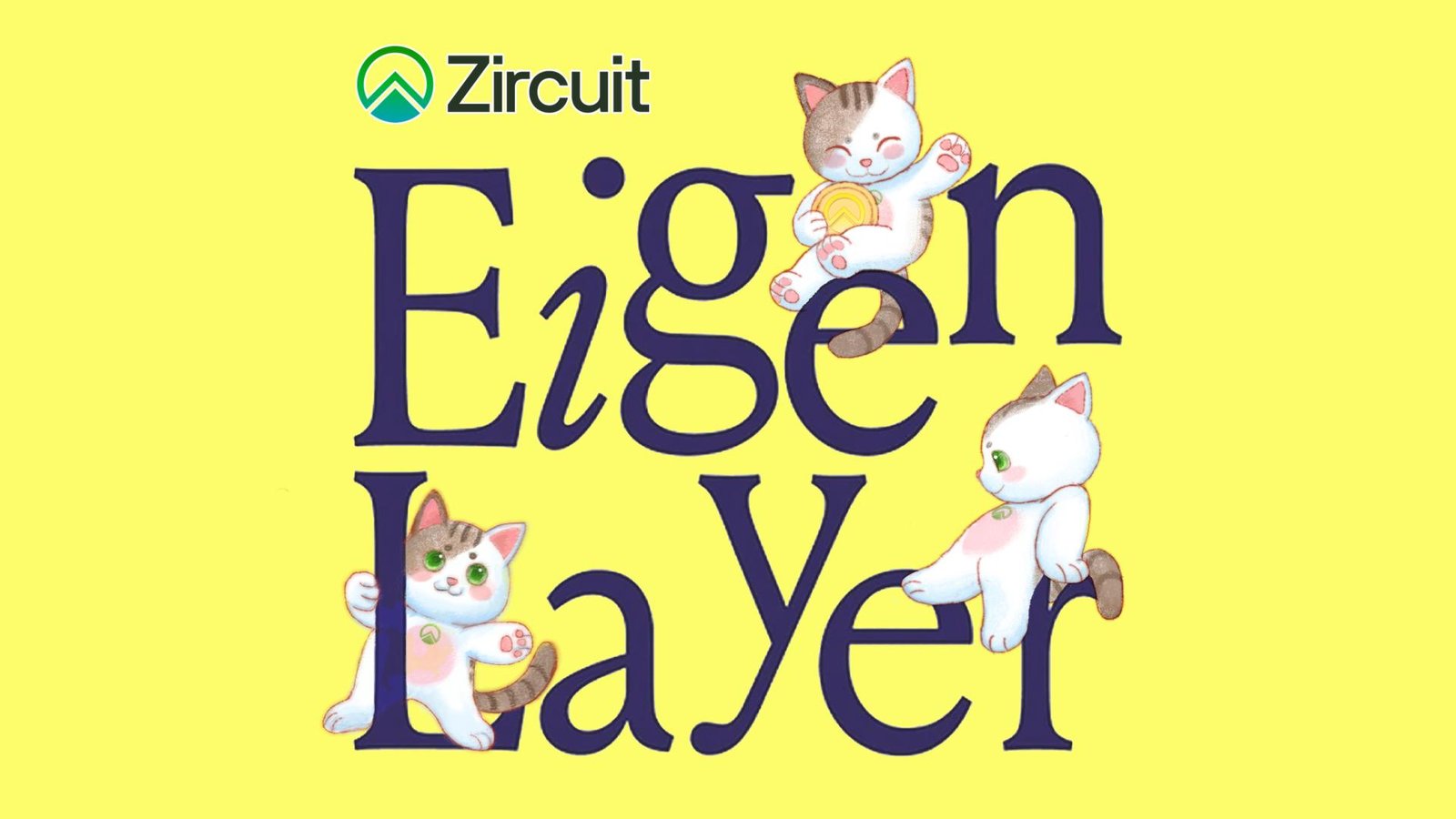[ad_1]
George Town, Grand Cayman, November 8th, 2024, Chainwire
Zircuit, the chain where innovation meets security, is thrilled to announce the success of its EIGEN Fairdrop initiative. With a first-of-its-kind distribution of 2% of ZRC tokens to eligible EIGEN holders, Zircuit has introduced a model of fairness and inclusivity in the Ethereum staking ecosystem, underscoring a commitment to decentralization and community empowerment.
The EIGEN Fairdrop, an industry first, provided equal shares to over 190,000 eligible EIGEN holders and moved away from traditional distribution models that often favor larger stakeholders. Within just the first week, over 51,000 users claimed their ZRC and this fair and community-first approach has garnered widespread appreciation across the crypto space.
The Fairdrop includes a wide range of contributors to the EigenLayer ecosystem, extending beyond EIGEN stakers to support Uniswap liquidity providers, EtherFi eEIGEN holders, and Renzo ezEIGEN holders.
Sreeram Kannan, Founder of EigenLayer, praised Zircuit’s approach, saying, “Thrilled to see Zircuit introducing the first Fairdrop for EIGEN holders with 2% of their ZRC tokens. This is an amazing community-first approach, embodying fairness in the EigenLayer ecosystem, with everyone receiving the same amount.”
The Fairdrop, an industry milestone, supports Zircuit’s vision of an inclusive Ethereum ecosystem and strengthens the EigenLayer network by recognizing all contributors. The initiative’s snapshot, taken on October 8, 2024, at Ethereum Block #20919999, included wallets with a minimum of 3 EIGEN tokens while excluding core EigenLayer team members and investors, keeping the focus on the community.
Zircuit protects users from hacks through its built-in, automated AI techniques that guard against smart contract exploits and malicious actors. Bolstered by its strong security infrastructure, Zircuit is the central hub for restaked assets featuring unparalleled security and allowing users to potentially earn industry-leading yields natively. With $1.8 billion in Total Value Locked (TVL), Zircuit is the premier liquidity hub for restaked assets (ETH, BTC, LSTs, and LRTs) where users can receive stronger security guarantees and trust.
During Mainnet, users can bridge their assets and start staking to potentially earn rewards and airdrops from the Zircuit ecosystem at the Liquidity Hub.
To learn more about Zircuit, users can visit zircuit.com or read the developer docs at docs.zircuit.com
About Zircuit
Zircuit provides developers with advanced features and users with peace of mind. Built by a team of web3 security experts and PhDs, Zircuit merges high performance with unparalleled security, making it the safest choice for DeFi and staking. Users can visit zircuit.com or follow us on Twitter/X @ZircuitL2.
Contact
Jennifer
Zircuit
[email protected]
Disclaimer: The information provided is not trading advice, Bitcoinworld.co.in holds no liability for any investments made based on the information provided on this page. We strongly recommend independent research and/or consultation with a qualified professional before making any investment decisions.
[ad_2]
Source link





